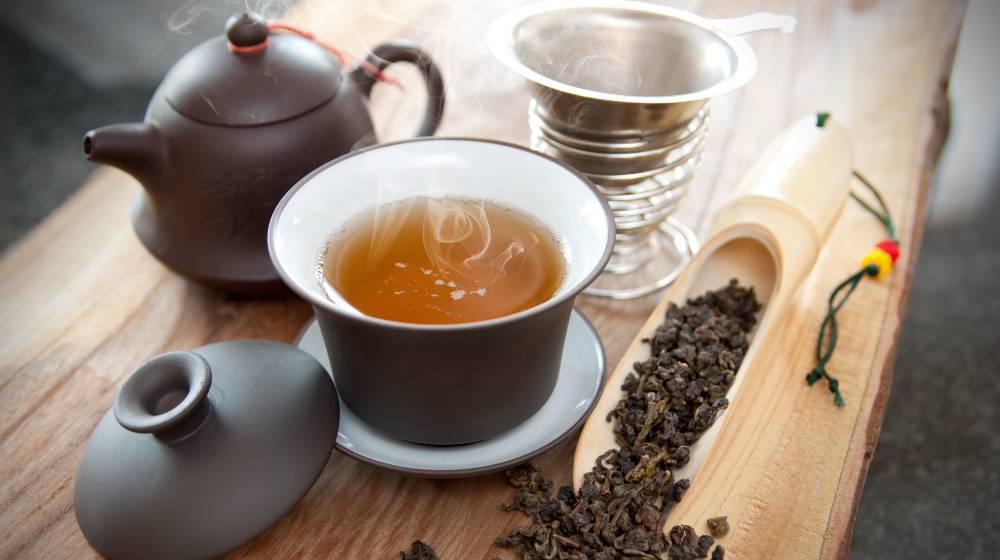Oolong Tea Facts – Health Benefits, Caffeine, and Varieties of Oolong Tea
Oolong tea also spelled Wulong or wu long, is a type of semi-oxidized tea, meaning that it is intermediate between black tea and green tea.
This article summarizes some basic facts about oolong tea, including health information and an introduction to different varieties.
Oolong tea originated in China and is produced and consumed primarily in China and Taiwan. The production process for oolong involves allowing the leaves to begin to oxidize, as one would in the production of black tea.
However, before the oxidation is completed, the process is stopped by heating (usually roasting). The degree of oxidation and level of roast both vary considerably, leading to many different varieties with widely variable colors, flavors, and aromas.
RELATED: How To Make Herbal Tea
Health Benefits, Caffeine, and Varieties of Oolong Tea
How Much Caffeine Does Oolong Tea Contain?
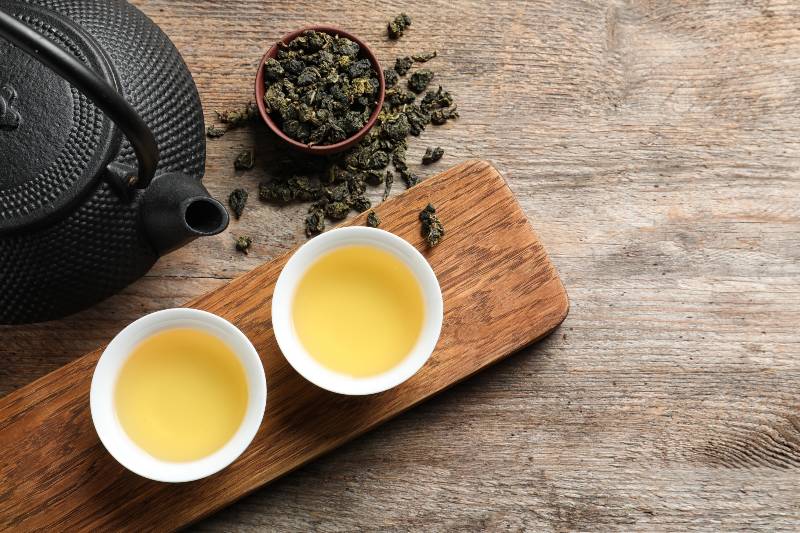
Oolong tea, like all proper tea from the Camellia Sinensis plant, naturally contains caffeine. It is hard to generalize about how much caffeine is in oolong tea, as the caffeine content varies greatly from one tea to the next, and the amount in a brewed cup depends on the amount of leaf used and the steeping time. Most varieties yield between 15 and 70 milligrams of caffeine per cup under typical brewing conditions, significantly less than a typical cup of coffee. Decaffeinated oolong is not widely available.
Does Oolong Have Any Particular Health Benefits, Like Weight Loss, Over Other Types of Tea?
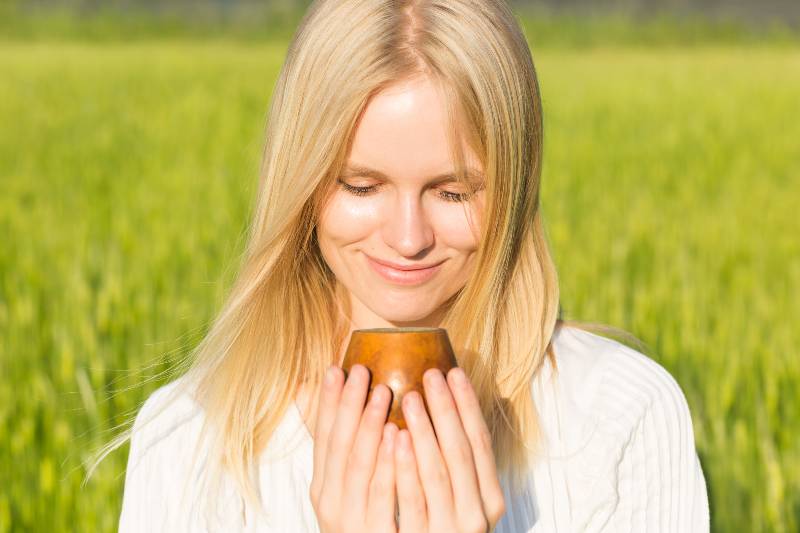
Oolong tea is frequently marketed as a dieting or weight loss product, often under the name wu long. Most oolong teas marketed as weight loss products are inferior in quality and offer no additional health benefits over tea sold as a beverage.
If you desire to drink oolong in order to lose weight, you would be better off buying high-quality loose oolong from a reputable tea company.
Although there is considerable scientific evidence that drinking tea brings numerous health benefits, particularly cardiovascular benefits including a lowered risk of heart attack, there is no factual evidence that oolong tea is any healthier than other teas such as black or green tea.
The same is true for using tea as a weight loss product–there is no research concluding that oolong is superior to green, black, or white teas, and most known facts suggest that any weight loss properties are due to caffeine alone, which is known to aid weight loss.
The primary benefit of oolong teas over green, black, or other teas is that oolongs often have a smoother flavor and can be gentler on the stomach.
Varieties of Oolong Tea:
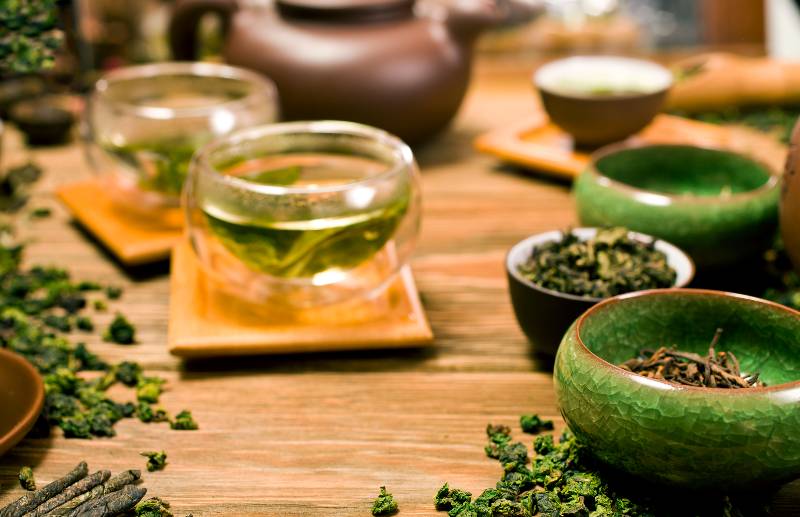
Although basic, generic “oolong” available in most Asian markets or served in most Chinese restaurants can be enjoyable, the true joy lies in exploring the numerous named varieties from particular regions.
Oolong teas exhibit great diversity; some more closely resemble black tea whereas others are more suggestive of green tea. There is an oolong to suit everyone's tastes.
Taiwanese Oolongs:
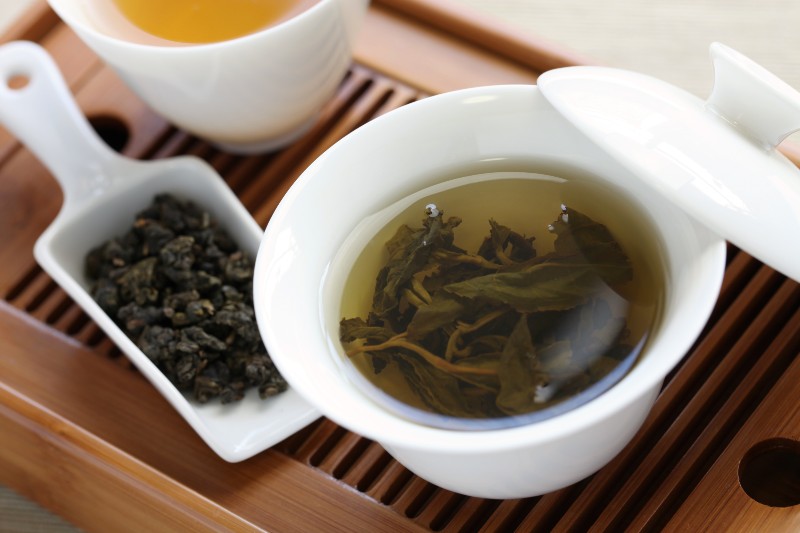
The lightest oolong, much like a green tea, is known as pouchong or bao zhong, and is popular in Taiwan. Progressing to darker varieties, Jade oolong is another greener variety, and amber oolong is intermediate in color and overall qualities.
Darker oolongs from Taiwan are usually just labeled as Formosa oolong, although a particular variety called dong fang mei ren or bai hao oolong is widely available.
Chinese Oolongs:
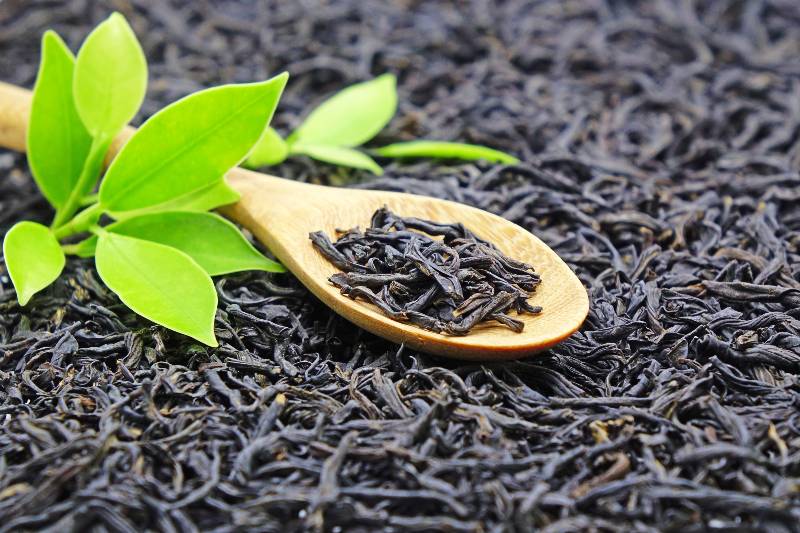
Most Chinese oolongs originate in Wuyi and Anxi in Fujian province. The most widely-known is arguably Tie Guan Yin, meaning Iron Goddess of Mercy.
Also produced in Anxi are the Se Chung oolongs, including Huang jin gui (golden osmanthus), qi lan (profound orchid), and many others.
Many of these oolongs have floral aromas, and are available in different forms, with varying levels of roast. Famous Wuyi oolongs include da hong pao (big red robe), and rou gui (cinnamon).
Also worth mentioning are the dan cong teas, such as feng huang dan cong. Some of these teas are remarkable in how they mimic the aromas of flowers or spices.
Alex Zorach has an M.A. in statistics from Yale University and is an avid tea drinker and the founder and editor-in-chief of RateTea, the first website where anyone can rate and review teas, with a wealth of information about different varieties of tea.
Browse oolong tea reviews on this site, browse listings of different companies selling oolong, and learn about the many different varieties of oolong.
Article Source: https://EzineArticles.com/expert/Alex_Zorach/433569
Up Next:
- 8 Effective Ways To Relieve Stress At Your Desk
- 7 Signs Of Unhealthy Gut And How To Improve Gut Health
- How To Avoid Age Discrimination When Applying For A Job
Calling all Health Buffs! If you’ve got the gift of keeping healthy and sharing this knowledge through writing, click here if you want to write for us.
Please stay connected with us on Facebook, Twitter, Instagram, and Pinterest, and make sure to join our community of healthy living and minded people here.
Article Source: http://EzineArticles.com/
Trending
Top 10 Ways To Spark Creativity
Prostate Massage | Everything You Need To Know
Get Updates
SIGN UP FOR OUR NEWSLETTER TODAY

Winter Superfoods That Keep You Strong, Healthy, and Gorgeous

7 Grocery Shopping Tips For Making Healthy Choices
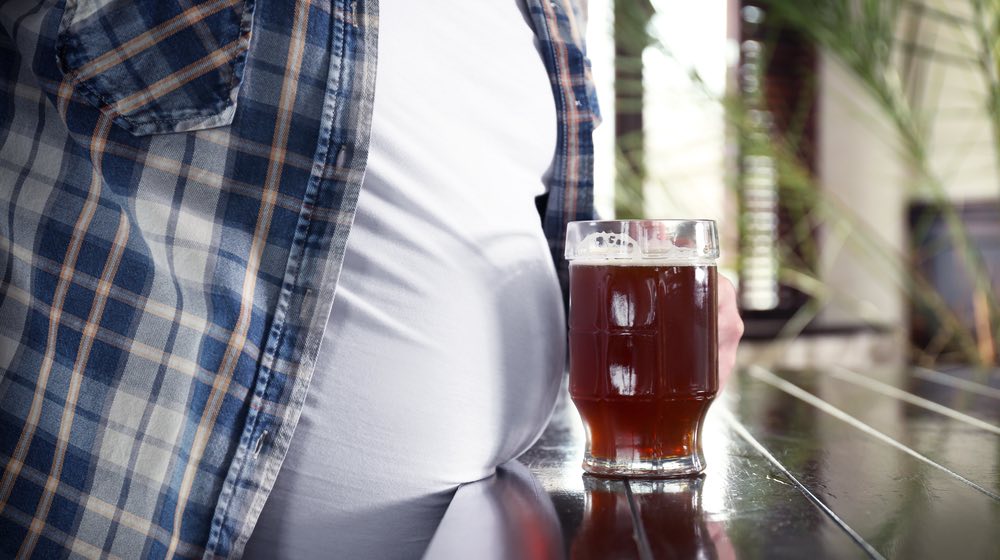
How To Reduce or Eliminate Bloating Effectively
Related

Winter Superfoods That Keep You Strong, Healthy, and Gorgeous

